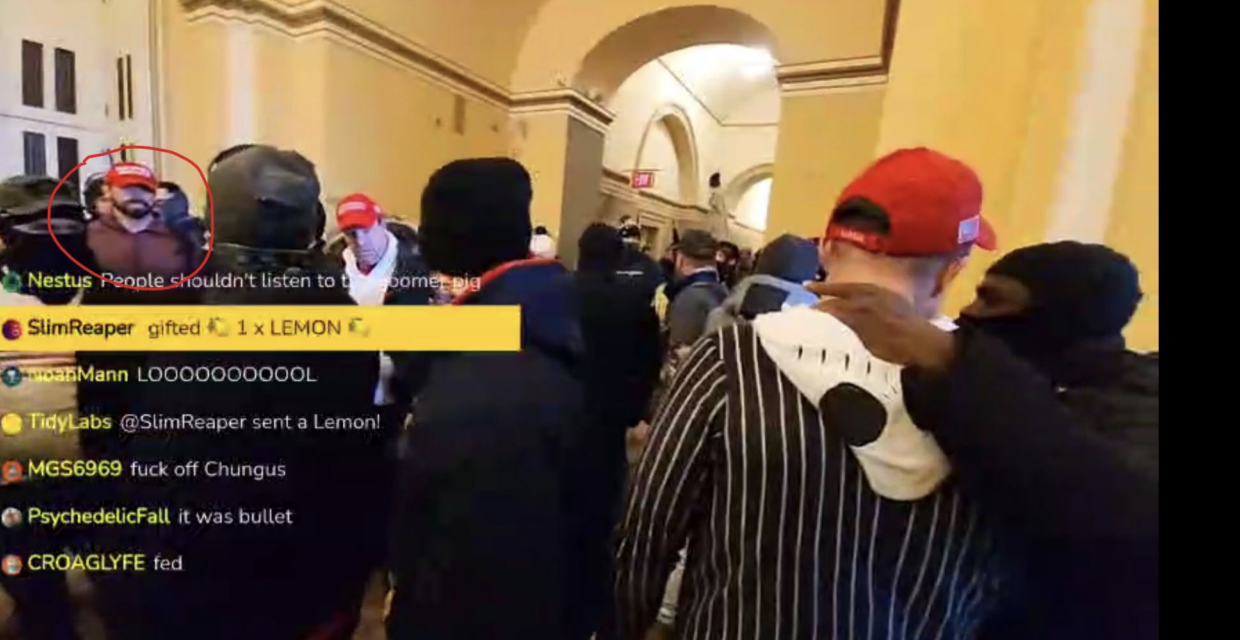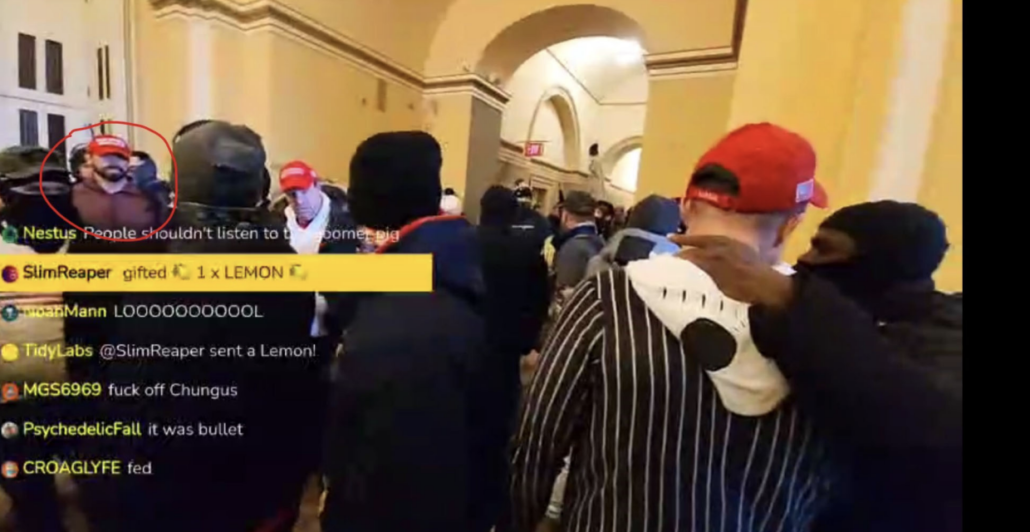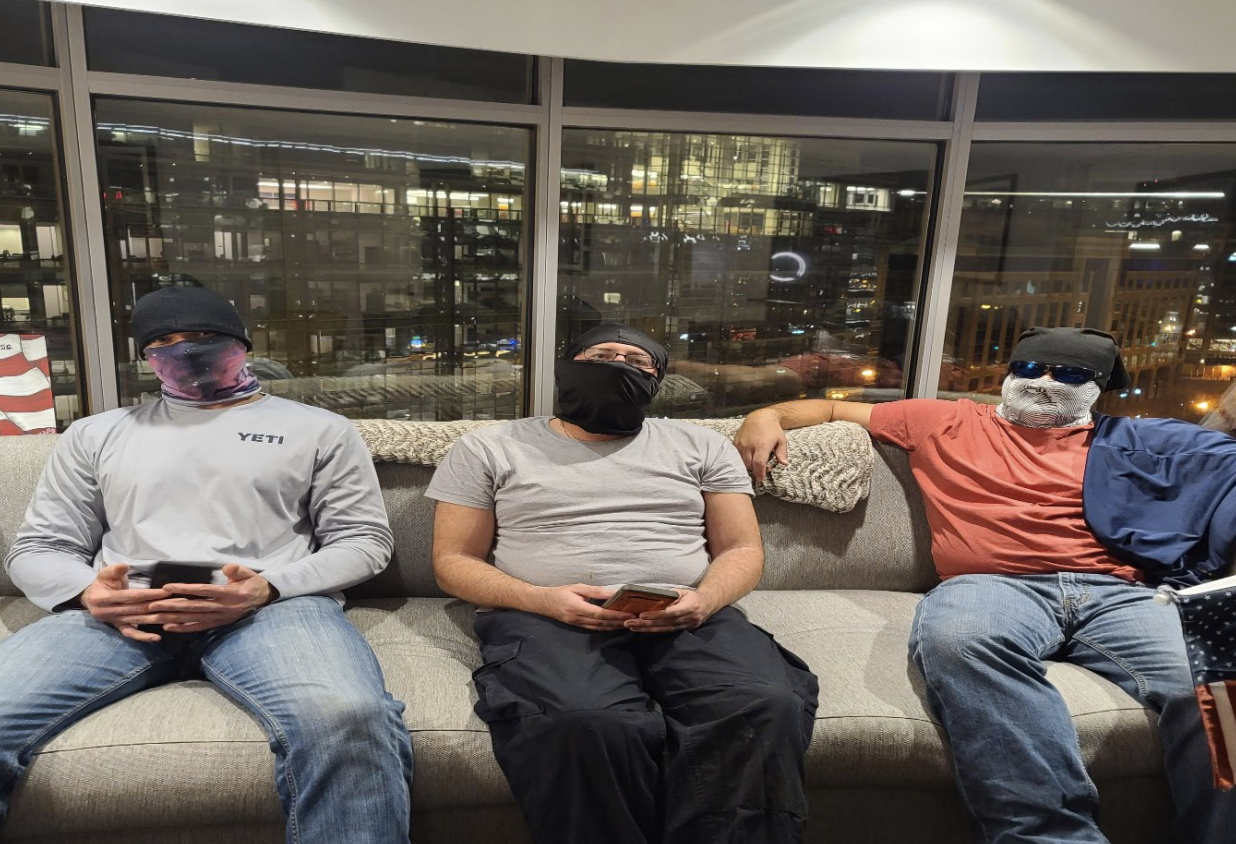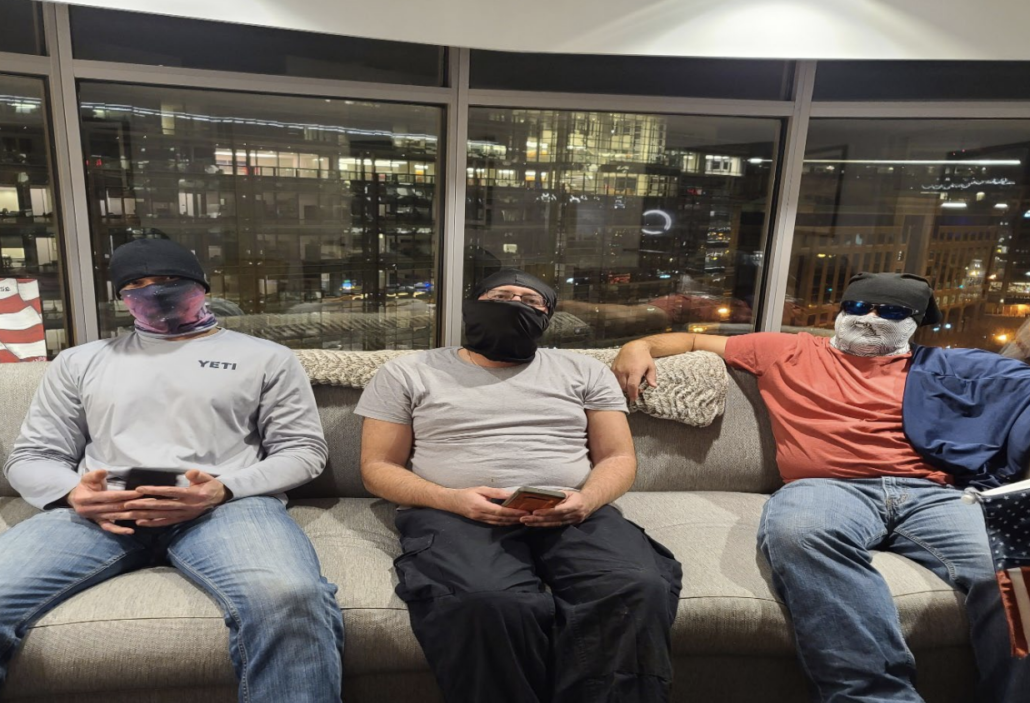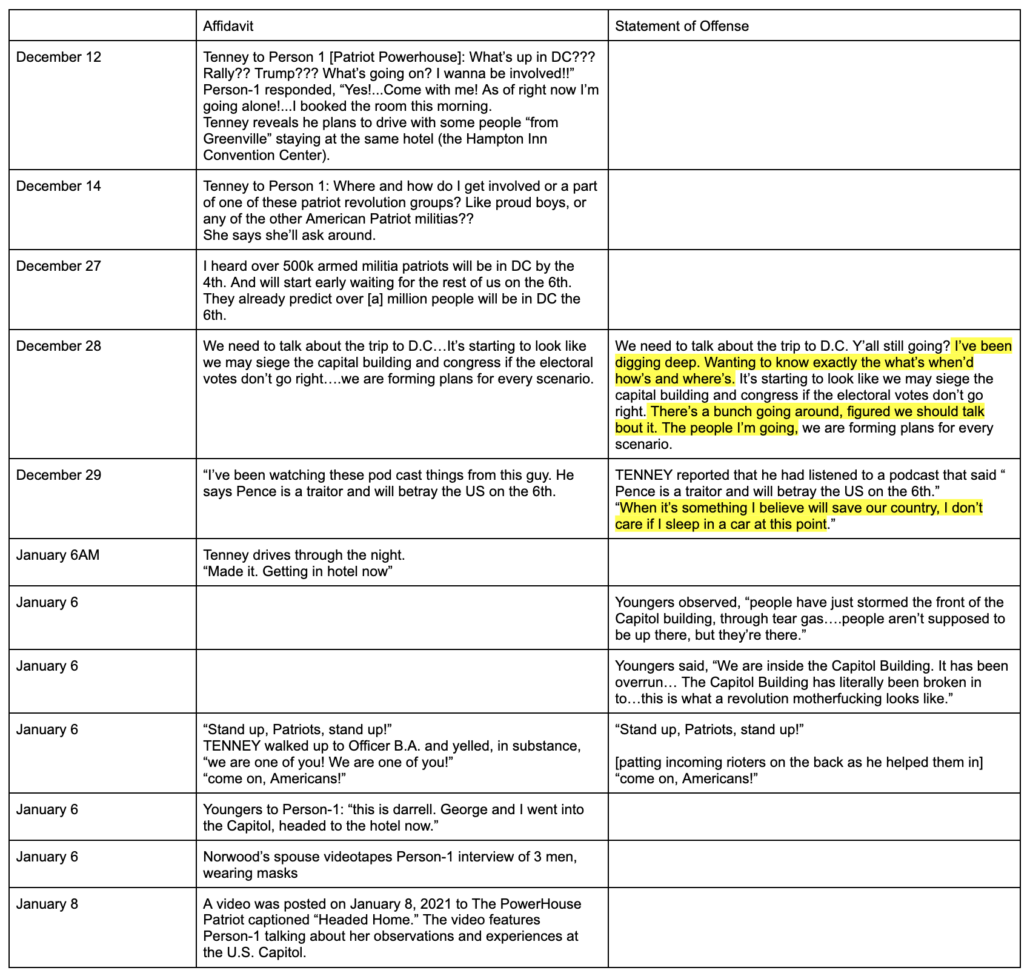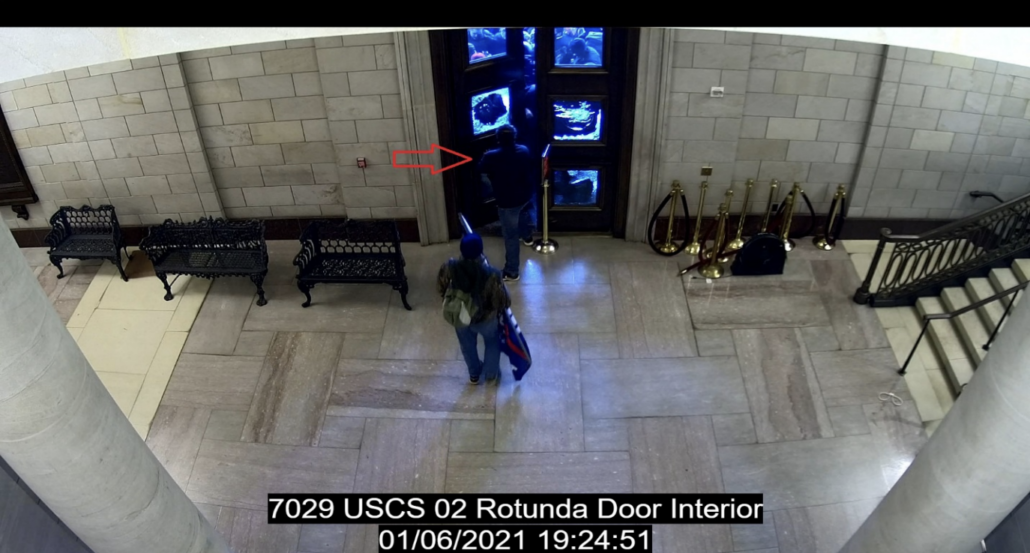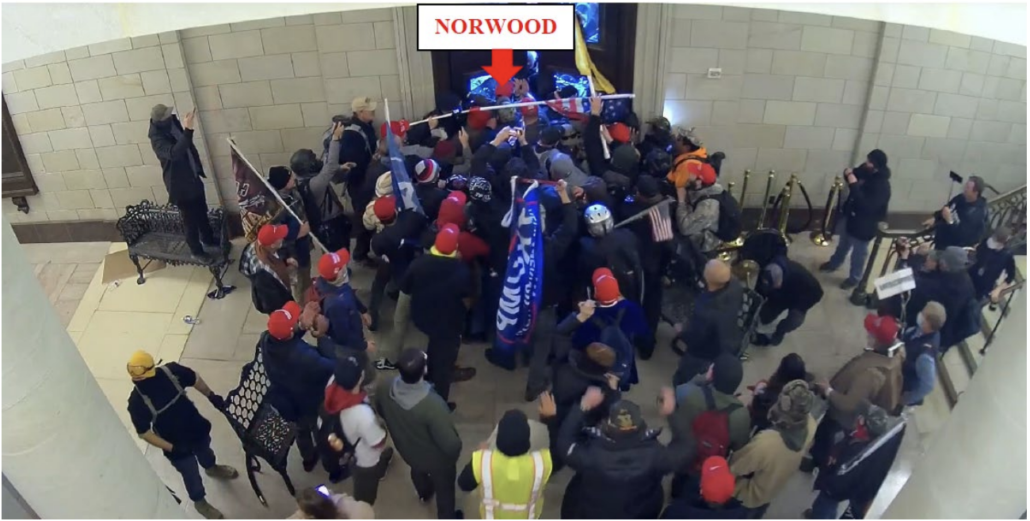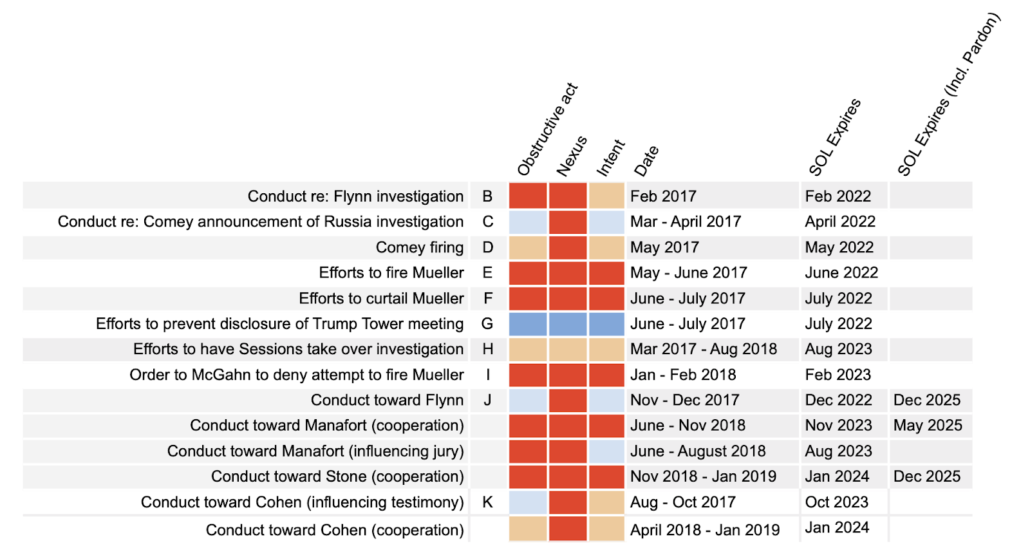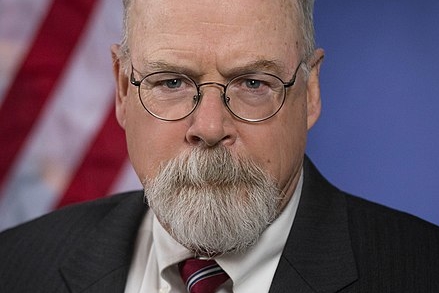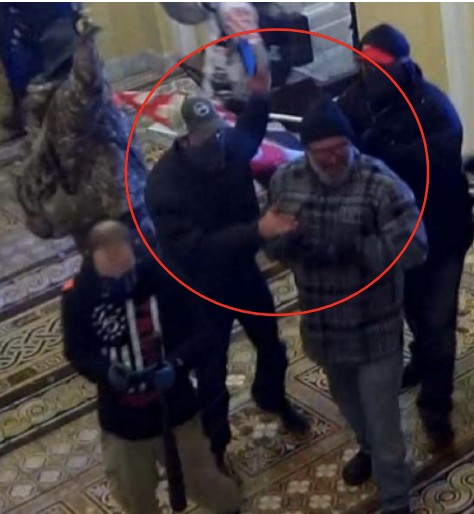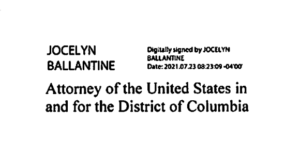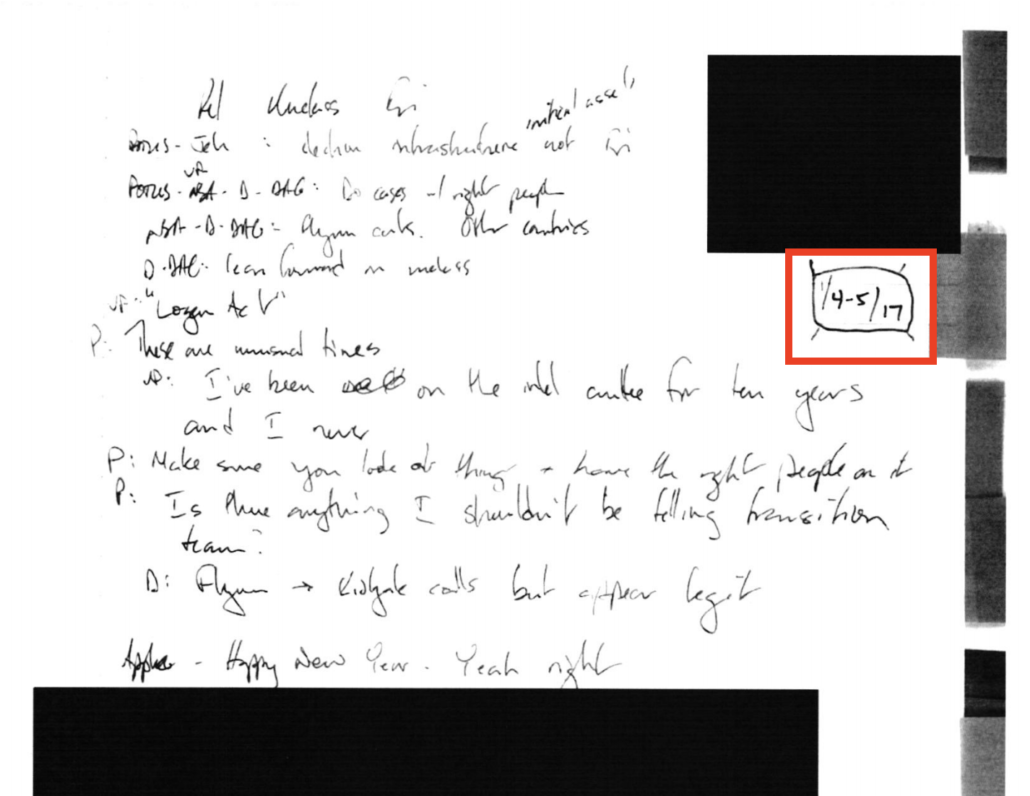Mike Flynn Invites DOJ to Review Judge Emmet Sullivan’s Non-Exoneration
I’ve been missing out on some fun.
When Mike Flynn sued DOJ in Florida for malicious prosecution (docket, complaint, amended complaint, response to MTD), I set an alert but figured it would be too stupid to follow along closely and so haven’t been following closely until something led me to peek this morning.
It is stupid.
But it has, nevertheless, elicited some interesting arguments on the part of DOJ (motion to dismiss, motion to dismiss amended complaint). That’s because it has forced DOJ to engage with Bill Barr’s corrupt attempt to dismiss Flynn’s prosecution in 2020 (the second of these MTDs, which I treat here, was filed in mid-September).
DOJ argues the DC standard for malicious prosecution applies here. If it does, it means that Flynn has to prove that:
- The criminal prosecution was procured by investigative or law enforcement officers (as opposed to prosecutors)
- There was no probable cause to support the charges even though Flynn pled guilty to them, twice
- The criminal prosecution terminated in Plaintiff’s favor
Flynn unsurprisingly bases his claims substantially on texts Peter Strzok sent Lisa Page and even DOJ’s improperly released letter from David Bowdich dismissing Strzok (currently the subject of a lawsuit in which Trump was deposed four days ago).
It also relies heavily on — but does not submit as evidence — the testimony of Bill Barnett. Barnett is pro-Trump FBI agent who, unlike Strzok, remained on the case when Flynn was actually charged. As part of an election stunt, Barr released an interview with Barnett that wildly contradicted his own past actions and redacted all mention of Brandon Van Grack, about whom Barnett had favorable things to say.
You can see the problem here.
Flynn tried, but cannot argue, that Jeannie Rhee and Robert Mueller procured a malicious prosecution of him (for some reason — possibly because the Barnett report describes what a nice guy Van Grack was — Flynn removed Van Grack from his amended complaint).
To win this case, Flynn has to show that an FBI agent did mean things to him. But the FBI agent on the case when he was charged was Barnett, not Strzok. To argue that earlier investigative steps amount to mean things, Flynn has to argue that an agent who reportedly sent pro-Trump texts on his FBI phone filed malicious National Security Letters targeting him.
Since that argument is such a loser, Flynn has substantially attempted to argue that because the FBI did mean things to Carter Page, it equates to mean things against him too.
As DOJ notes, even Carter Page’s lawsuit failed.
Flynn also has to explain away why he twice pled guilty to the charges against him if there was no probable cause to justify the investigation in the first place.
Here, there can be no dispute that there was probable cause for the United States to file the criminal information because Plaintiff had already agreed to plead guilty to the charge at the time it was filed. See Criminal Case, ECF No. 3 (plea agreement with Plaintiff’s signature dated November 30, 2017), Criminal Case, ECF No. 154 (describing exchange of plea documents in days prior to the filing of the criminal information). Plaintiff’s plea agreement expressly states that Plaintiff is entering the plea “voluntarily and of [his] own free will,” after having discussed the plea with his attorneys, because he is “in fact guilty of the offense.” Criminal Case, ECF No. 3 at 10. In connection with the plea, Plaintiff also signed, under penalty of perjury, a “Statement of the Offense,” which set forth the factual predicate for his guilty plea. Criminal Case, ECF No. 4. In the Statement of the Offense, Plaintiff expressly stipulated and agreed that “[Plaintiff’s] false statements and omissions impeded and otherwise had a material impact on the FBI’s ongoing investigation into the existence of any links or coordination between individuals with the [Trump] Campaign and Russia’s efforts to interfere with the 2016 presidential election.” Id. at ¶ 1-2. Subsequently, Plaintiff twice affirmed, under oath, in open court that he was pleading guilty—not based upon any threats or promises but—because he was, in fact, guilty of the offense charged. See Criminal Case, ECF Nos. 16, 103.
Plaintiff’s own agreement to plead guilty to the criminal information conclusively establishes that there were “reasonable grounds”—i.e., probable cause—for the United States to institute the criminal charges. Indeed, numerous courts have held that a guilty plea “conclusively establishes that probable cause existed.” Cuellar v. Love, No. 11-CV-3632 NSR, 2014 WL 1486458, at *5 (S.D.N.Y. Apr. 11, 2014) (collecting cases); see also Walker v. Clearfield Cnty. Dist. Att’y, 413 F. App’x 481, 483 (3d Cir. 2011) (concluding “that a guilty plea—even one for a lesser offense—does not permit a later assertion of no probable cause”); Morrison v. Vine, No. 17-CV-996-LJV-HBS, 2021 WL 1229558, at *3 (W.D.N.Y. Feb. 25, 2021) (collecting cases for proposition that “guilty plea established probable cause for his criminal prosecution”), report and recommendation adopted, 2021 WL 1226446 (W.D.N.Y. Mar. 31, 2021). Plaintiff’s guilty plea thus “establishes probable cause for commencing the proceeding against him and therefore serves as an absolute defense to the malicious prosecution claim.”
Flynn claims he pled guilty (at least the first time) because DOJ threatened to prosecute his son.
The Amended Complaint alleges that Plaintiff “entered into a plea agreement, not because he thought he had done something wrong—he hadn’t—but because SCO had threatened his son with prosecution.” ECF No. 34 ¶ 128; see also id. at ¶ 136 (alleging that “SCO was aware that it had coerced the guilty plea”). Plaintiff’s allegation is totally devoid of supporting factual allegations regarding the alleged threat—such as what specific threat was made, who allegedly made the threat, or when the threat was made. Plaintiff’s threadbare allegation of coercion is insufficient to overcome the presumption established by Plaintiff’s guilty plea.
As DOJ notes, Flynn doesn’t even try to substantiate this claim. That’s probably because if he did, it’d lead right back to Van Grack and Barnett, not Strzok.
Since Flynn can’t prove either that an FBI agent caused charges to be filed against him or that there was no probable cause justifying it, this suit should not succeed.
But things get interesting on the third prong.
That’s because DOJ points to Judge Emmet Sullivan’s refusal to dismiss Flynn’s prosecution in the face of Barr’s attempts to do so to show that the case did not affirm Flynn’s innocence.
In or around February 2020, then-Attorney General William Barr appointed several prosecutors to review the Criminal Case, and, at the conclusion of their review, they recommended dismissal of the Criminal Case against Plaintiff. ECF No. 34. ¶¶ 147-48. On May 7, 2020, then-United States Attorney for the District of Columbia, Timothy Shea, who had not previously appeared in the case, moved to dismiss the criminal information. Id. ¶¶ 148, 151; ECF No. 34-4; Criminal Case, ECF No. 198. U.S. Attorney Shea argued that dismissal was warranted because the Government believed it could not prove “to a jury beyond a reasonable doubt” that: (1) Plaintiff’s false statements to FBI agents were “material” to any FBI investigation; and (2) Plaintiff knowingly and willfully made false statements during the interview. ECF 34-4 at 17-18. U.S. District Court Judge Emmet Sullivan did not immediately grant the motion and, instead, on May 13, 2020, appointed an amicus curiae “to present arguments in opposition to the government’s Motion to Dismiss.” Criminal Case, ECF No. 205 at 1; see also ECF No. 34 ¶ 162.
On November 25, 2020, prior to Judge Sullivan ruling on the motion to withdraw and motion to dismiss, President Trump granted Plaintiff a pardon. The presidential pardon provided Plaintiff “a full and unconditional pardon” for the charge of making false statements to federal investigators, as charged in the criminal information, and all possible offenses within the investigatory authority or jurisdiction of Special Counsel Mueller. Criminal Case, ECF No. 308-1. On the same day the pardon was issued, the White House Press Secretary released a statement addressing the pardon, stating that Plaintiff “should not require a pardon [because h]e is an innocent man.” ECF No. 34 ¶ 163.7 However, the text of the executive pardon did not indicate that the pardon was based on innocence. See Criminal Case, ECF No. 308-1.
On November 30, 2020, the United States Attorney’s Office filed a notice of the executive pardon and consent motion to dismiss, arguing that the Criminal Case was moot due to Plaintiff’s acceptance of the pardon. Criminal Case, ECF No. 308. On December 8, 2020, Judge Sullivan issued an opinion dismissing the Criminal Case as moot. Criminal Case, ECF No. 311.8 In doing so, Judge Sullivan addressed the arguments for dismissal raised in the still pending motion to dismiss filed by U.S. Attorney Shea. Id. at 28-40. Judge Sullivan first stated that the motion to dismiss appeared pretextual given the surrounding circumstances, including Plaintiff’s prior position as an advisor to President Trump and President Trump’s continued interest in the criminal case. Id. at 28-29. Judge Sullivan then commented that the motion to dismiss relied upon a new, “more circumscribed” definition of “materiality,” without offering any comprehensible reasoning for shifting to the “highly-constrained interpretation of materiality.” Id. at 30, 32. Judge Sullivan then reviewed the record evidence and found the motion to dismiss did not undertake “a considered judgment” when determining that “falsity” could not be proven beyond a reasonable doubt. Id. at 38. Judge Sullivan thus suggested that the motion to dismiss “present[ed] a close question,” but refrained from ruling on the merits and denied the motion as moot “in view of the President’s decision to pardon” Plaintiff and Plaintiff’s acceptance of the pardon. Id. at 38
7 See Statement from the Press Secretary Regarding Executive Grant of Clemency for General Michael T. Flynn (Nov. 25, 2020), available at https://trumpwhitehouse.archives.gov/briefings-statements/statement-press-secretaryregarding-executive-grant-clemency-general-michael-t-flynn/.
8 Because Judge Sullivan’s opinion is referenced in—and central to—Plaintiff’s Amended Complaint, ECF No. 34 ¶¶ 165-67, it may be considered by the Court in resolving this motion to dismiss. See Hodge v. Orlando Utilities Comm’n, No. 609-CV-1059- ORL-19DAB, 2009 WL 5067758, at *3 (M.D. Fla. Dec. 15, 2009); infra Argument, § I.
Much later, the motion to dismiss gets into a legalistic argument about whether accepting a pardon is recognition of guilt. Ultimately, though, DOJ notes that those legalistic arguments aren’t at issue here, because Sullivan so clearly laid out that he was dismissing the case only because the pardon — a pardon that Trump did not claim arose from innocence — mooted his authority to decide on Flynn’s innocence or guilt.
22 Although Plaintiff alleges that several independent prosecutors recommended dismissal of the Criminal Case and that, in response, U.S. Attorney Shea, on behalf of the government, moved to dismiss the criminal information, ECF No. 34 ¶ 148, Plaintiff acknowledges that Judge Sullivan “refused to approve the DOJ’s dismissal of its prosecution” and ultimately dismissed the case only “after [Plaintiff] received a full presidential pardon,” id. at ¶¶ 162, 167. In his Opinion addressing dismissal, Judge Sullivan expressed concerns about the merits of U.S. Attorney Shea’s motion and noted that the facts presented “a close question” regarding whether the court should defer to the prosecutor’s discretion to dismiss the charges but refrained from resolving that question in light of Plaintiff’s acceptance of the pardon. Criminal Case, ECF No. 311 at 38.
23 Although “[s]ome courts . . . have considered whether a plaintiff has identified facts surrounding the dismissal . . . that, if proven, would demonstrate that the termination of the criminal case tended to show the plaintiff’s innocence,” Clark v. D.C., 241 F. Supp. 3d 24, 34 (D.D.C. 2017), those cases are inapposite. Here, there is no ambiguity with regard to whether the court’s dismissal order tended to show Plaintiff’s innocence, because the order explained that the termination of the case was not based upon Plaintiff’s potential innocence but instead the case was dismissed as moot in light of Plaintiff’s acceptance of a pardon. Criminal Case, ECF No. 311; Cf. Clark, 241 F. Supp. 3d at 34 (finding allegations of favorable termination sufficient where court granted government’s motion to dismiss without prejudice where neither the motion nor the order offered any information on the basis for dismissal).
In 2020, Judge Sullivan went to a great deal of effort to thread a very fine needle, using Trump’s corrupt pardon as a way to avoid any reversible error even while stopping well short of declaring Flynn innocent. I wrote then that,
it is not relevant to Trump’s pardon of Mike Flynn. But one thing Sullivan did in his opinion was to reject Billy Barr’s new reality in a way that may be invoked for any related matters before DC District courts.
That’s what I find so interesting about this motion to dismiss: DOJ has (quietly) used the reality of Sullivan’s carefully crafted opinion to dismiss Barr’s corrupt attempt to reverse the prosecution and Flynn’s fantasies of innocence.
It’s a rare DOJ rebuke of DOJ. And it’s one entirely enabled by that Sullivan opinion.


